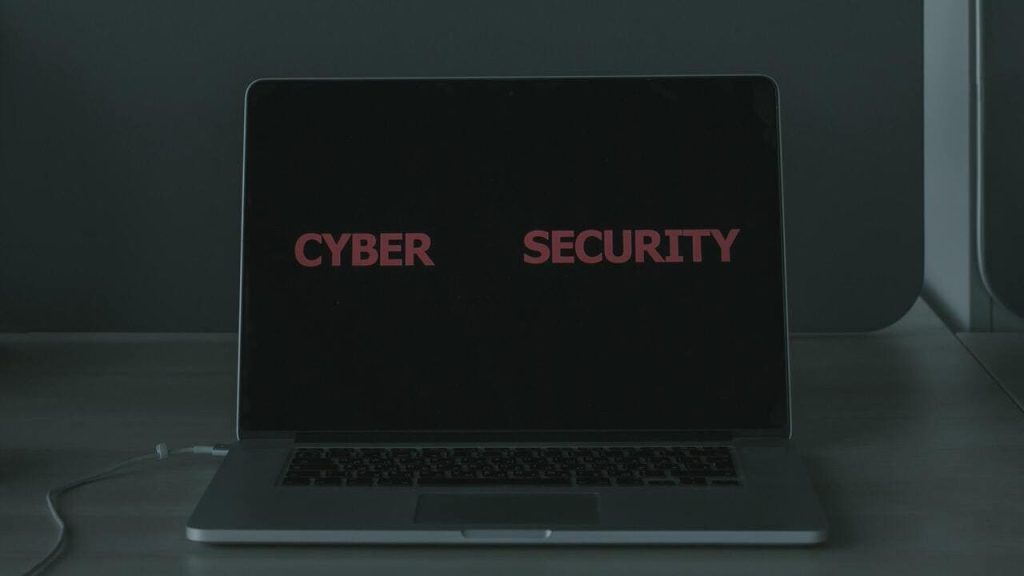
We live in a world where our reliance on technology is continuously growing, and with it, the threats to our digital security.
Cybersecurity has come a long way since its inception, and understanding its evolution is crucial for effectively combating modern threats.
In this article, we’ll take a journey through the history of cybersecurity and explore its key milestones.
Early Days of Cybersecurity
ENIAC and the Dawn of Computing
The first recognizable computer, the Electronic Numerical Integrator and Computer (ENIAC), was developed in the 1940s.
While not directly related to cybersecurity, the creation of this machine marked the beginning of the digital age, setting the stage for future cybersecurity challenges.
The First Computer Password
In the 1960s, computer scientist Fernando Corbató implemented the first computer password system for the Compatible Time-Sharing System (CTSS).
This early security measure was designed to protect user files from unauthorized access, and it laid the groundwork for modern authentication systems.
The Birth of the Internet and Cybersecurity
ARPANET and Network Security
The internet’s precursor, ARPANET, was created in 1969. This revolutionary network connected computers across the United States, and with it came the need for improved security measures.
Network security became an essential aspect of cybersecurity, as unauthorized access to sensitive information could be achieved remotely.
The Morris Worm
In 1988, the first widely recognized cyber attack occurred.
The Morris Worm, a self-replicating program, was unleashed onto the internet, causing significant damage to thousands of computers.
This event raised public awareness of the need for robust cybersecurity measures.
The Rise of Encryption
The Data Encryption Standard (DES)
In the 1970s, the US National Bureau of Standards (now NIST) introduced the Data Encryption Standard (DES), a symmetric-key algorithm.
DES played a significant role in the development of modern encryption standards, paving the way for more secure digital communications.
Public Key Cryptography
In the late 1970s, cryptographers Whitfield Diffie, Martin Hellman, and Ralph Merkle developed public key cryptography, a groundbreaking method for secure communication over insecure channels.
This innovation made it possible to share encrypted messages without exchanging a secret key beforehand, significantly improving the security of digital communication.
Modern Cybersecurity Challenges
Cyber Warfare
With the rise of the internet, nation-states began to recognize the potential of cyber warfare as a means to disrupt and damage their adversaries.
Cyber attacks against critical infrastructure, such as power grids and transportation systems, have become a growing concern, highlighting the need for advanced cybersecurity measures on a national level.
Ransomware Attacks
Ransomware, a form of malware that encrypts a victim’s data and demands a ransom for its release, has become a prevalent threat in recent years.
High-profile attacks like WannaCry and NotPetya have wreaked havoc on businesses and institutions worldwide, emphasizing the importance of robust cybersecurity practices.
IoT and Cybersecurity
The Internet of Things (IoT) has connected billions of devices to the Internet, introducing new security challenges.
IoT devices, such as smart home appliances and wearable technology, often lack strong security measures, making them vulnerable to attacks.
Ensuring the security of these devices is a critical aspect of modern cybersecurity.
The Future of Cybersecurity
As technology continues to advance, so will the threats we face.
Artificial intelligence, quantum computing, and 5G networks are just a few of the emerging technologies that will shape the future of cybersecurity.
Professionals in the field must stay informed and adapt to the ever-evolving threat landscape to protect our digital identity.
Conclusion
The history of cybersecurity is a testament to human ingenuity and the constant battle between security and vulnerability.
As we look back at the key milestones in cybersecurity’s evolution, it becomes clear that staying ahead of emerging threats is crucial for a secure digital future.
By understanding the past, we can better prepare ourselves for the challenges that lie ahead.
Frequently Asked Questions
1. When was the first computer password implemented?
The first computer password was implemented in the 1960s by computer scientist Fernando Corbató for the Compatible Time-Sharing System (CTSS).
2. What was the first widely recognized cyber attack?
The first widely recognized cyber attack was the Morris Worm in 1988, a self-replicating program that caused significant damage to thousands of computers.
3. What is public key cryptography?
Public key cryptography is a method for secure communication over insecure channels, allowing encrypted messages to be shared without exchanging a secret key beforehand.
4. What are some modern cybersecurity challenges?
Modern cybersecurity challenges include cyber warfare, ransomware attacks, and ensuring the security of IoT devices.
5. How will emerging technologies shape the future of cybersecurity?
Emerging technologies, such as artificial intelligence, quantum computing, and 5G networks, will introduce new threats and require innovative cybersecurity measures to protect our digital world.
